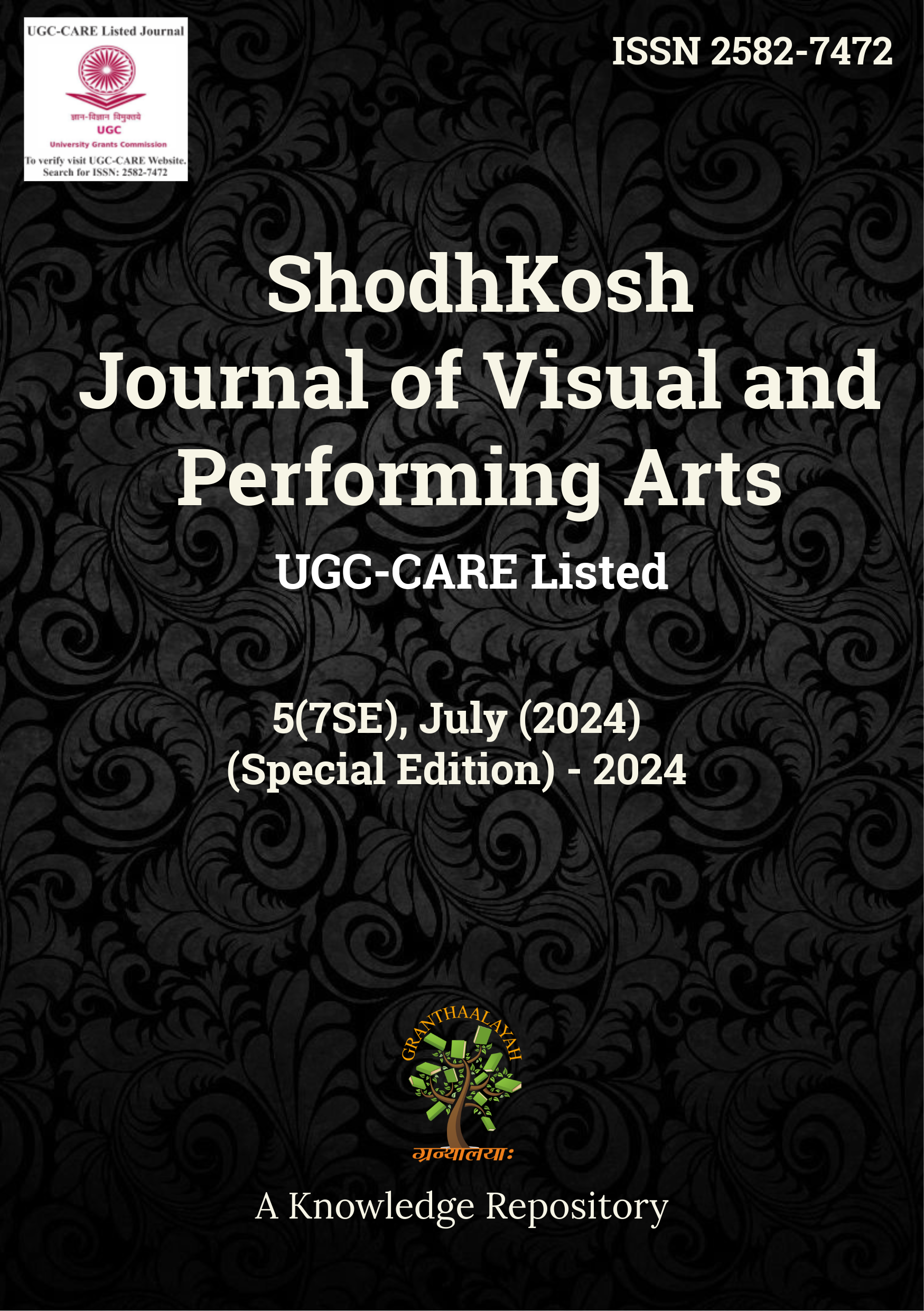A WAY TOWARDS DOPING IN SPORTS: CHALLENGES AND ADVANCES
DOI:
https://doi.org/10.29121/shodhkosh.v5.i7SE.2024.5840Keywords:
Doping, Sports, Physiology, Health Issues, OxygenAbstract [English]
Doping is a public health problem, not just a problem in the professional sports community. It is a complex and ancient phenomenon, due to the wide range of substances transported through both legal and illegal trade routes. It occurs in elite athletes, but it also affects recreational athletes and was generally considered dangerous and unhealthy.It directly affects sports, competitions around the world. Blood doping refers to the misuse of certain substances to increase the mass of red blood cells so that the body can transport more oxygen to the muscles and thus improve the performance and endurance of a player or person. It lists many life-threatening side effects of blood doping, such as increased blood viscosity, myocardial infarction, embolism, stroke, infections, allergic reactions and a certain risk of blood-related diseases such as HIV, hepatitis, etc. Anti-doping policies established by individual sports governing bodies may conflict with local laws. There is no such connection between these authorities and the laws of the government. Today players use many techniques and drugs, which makes it difficult for them to be detected by experts and in the fight against doping. However, it is our duty to fight against them by updating information and events.
References
Teach Exercise Science: http://www.teachpe.com/drugs/epo.php ; Downloaded 1 /12/2012
Belson, Ken, N.F.L. Series of Congressional Help on Drug Policy, New York Times, (2009-11-0). http://www.nytimes.com/2009/11/0 /sports/f ootball/0 starcaps.html?_r=1andhpw. Alirita the 27th May 2010.
Jeschke J, Nekola J, Chlumský J. Doping in sport. Cas Lek Cesk 1999 May 10;138(10):291-7.
Hartgens F. Medicines, athletes and doping regulations. Ned Tijdschr Geneeskd. 2008 Aug 16; 152(33):18 -8.
Lippi G, Guidi G. Doping and sport. Minerva Med. 1999 Sep; 90(9): 3 5-57.
Downloads
Published
How to Cite
Issue
Section
License
Copyright (c) 2025 Dr. Mohammed Ajaz Sheikh

This work is licensed under a Creative Commons Attribution 4.0 International License.
With the licence CC-BY, authors retain the copyright, allowing anyone to download, reuse, re-print, modify, distribute, and/or copy their contribution. The work must be properly attributed to its author.
It is not necessary to ask for further permission from the author or journal board.
This journal provides immediate open access to its content on the principle that making research freely available to the public supports a greater global exchange of knowledge.































